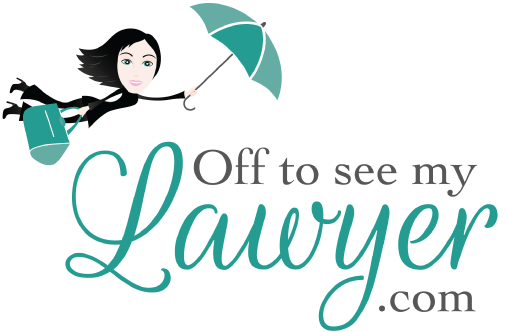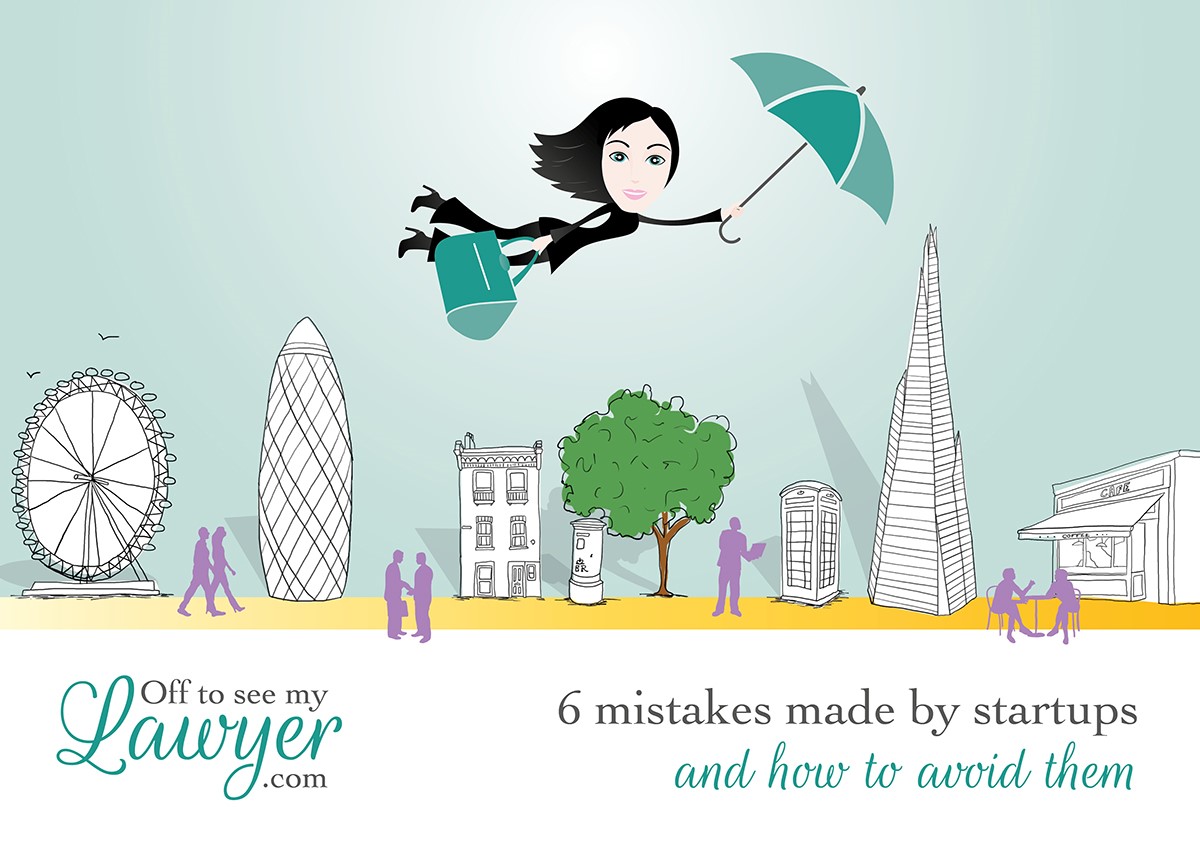Expert advice from Gail Turner, founder of web and design agency Frogjuggler.
Your website is your all-important shop window to the world
Visitors will form an opinion of your website in a matter of seconds and determine whether they’re going to stay or leave. That’s why your website’s content and layout has to entice your visitors enough to want to stay on the site and learn more about your products and services. In the end, people may invest in a business they can trust, and your website is the cornerstone for that.
Building a website is an exciting part of setting up your own business, and it’s something many people are eager to have up and running as soon as they can. But first things first – your branding.

Create your branding before you do anything else
Why? Because it will flow through everything you do. It must be consistent: from your website to your social channels, business cards and stationery, even your email signature. It will allow you to come up with a colour palette that says the right thing about your business and works for your customers. And it helps you really think about who you are.
When I’m helping a client with their branding, I ask them to fill out a questionnaire, which gets them thinking about many things they might not otherwise consider. For example, it asks about the ‘tone’ of the brand – is it informal, traditional or more corporate? Are they predominantly reaching out to men or women? Who are their competitors and what do their websites look like?
Get this right, and everything else will more naturally fall into place.
Brand bibles tend to sit in the domain of bigger business, but they are important for every business
It doesn’t need to be lengthy – start with the basics of logos, fonts, colours, and the look and feel of images, and add to it as your business grows. This way, your brand will be consistent from the very beginning.
As well as your full colour logo make sure you request it in single colour (black and/or white) and in various different formats including the following:
- JPEG
For digital use. Small and fast to load on a website, but the compression comes with some loss in quality – this is usually not a problem for photographs, but not so good for text or images containing fine lines. - PNG
Also for digital use, but with so-called “lossless” compression. This means the image quality is the same before and after compressiom or each time it is opened and saved again, but a larger file size than JPEG. It’s the best choice for images with text and for designs that require the use of transparency. - Vector EPS
For print use, and can be scaled to any size.
Now it’s time for the website
No other medium gives you more control over your brand, so you want to make it work hard.
It must be well-written, easy to read and just as easy to navigate. It also needs to quickly answer questions your potential new customers are likely to have, such as what your business does and how it can help them – and they must be able to find the information easily. If people have to search for it, they will quickly lose interest.
Put yourself in your customer’s shoes
What do they want to quickly see and find out when they visit your website? Make sure you get input from family, friends and colleagues, as when you are so close to something it’s all too easy to ‘unsee’ what’s missing.
It’s also really important to provide instructions such as ‘read this’, ‘watch this’ or ‘click here’ for further information. I’m amazed by the number of businesses who forget to include contact details so make sure you don’t forget ‘contact us’.
Give thought to all of the following
-
Which platform are you going to build your website on?
There are so many different platforms to choose from, but my go-to (and in my opinion the best) is WordPress.org, largely because it is suitable for every business and can be easily changed and adapted in line with your needs.
There are two different versions of WordPress – WordPress.com and WordPress.org (also known as self-hosted WordPress) so make sure you understand the clear differences between the two and find out which of them best fits your needs and price range.
The best way to think about the differences between WordPress.com vs. WordPress.org is the analogy of renting a house vs. owning a house. WordPress.com is similar to renting a house. You have limited power and control over what you can and cannot do. WordPress.org is like owning a house, where you have full control, no one can kick you out, and you can do anything you want.
-
Who is going to host your website?
It needs to be a reputable hosting company such as Ionos, 123-reg or GoDaddy, and you’ll need a package that covers back-ups so you don’t lose everything. Remarkably not every package covers this!
-
Can you easily adapt your website’s functionality?
A plugin is a piece of software – essentially a bit of code that “plugs in” to your self-hosted WordPress site. In human terms, that means a WordPress plugin is something that adds new functionality, or extends the existing functionality on your site. Exactly the same way as apps do for your smartphone.
They are essential for building great websites using WordPress and make everything possible. If the feature is not available in default WordPress, then there is certainly a plugin available. You can select what’s best for your business as it grows. What you don’t need right now, you might need 6 months further down the line.
-
Who will update your website and create fresh content?
When your website is up and running it doesn’t stop there – it’s just the beginning!
It’s important to carry out a monthly maintenance check to make sure everything is working as it should. I do this for many of my clients, but it’s fairly straightforward and something you can easily do yourself if you have the time and inclination.
It’s also important to regularly update your website with fresh new content. Not only does Google like this and will rank your website higher in searches, but it gives your customers something new to read when they land on your site. The easiest way to keep your content fresh is by having a blog on your website. It’s a great way of communicating with your customers, building up an audience, increasing traffic to your website and generally making a name for yourself in your industry. If you don’t have the time or skill to do this, make sure you outsource it.
Last but not least – set your budget
A great website doesn’t need to cost a fortune – in fact it shouldn’t. But it does require an investment that, spent well, will continue to give you a return for many years to come
These are just the basics, but hopefully this will help you get on the right track.


